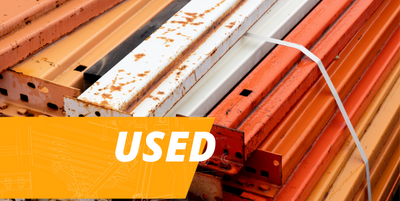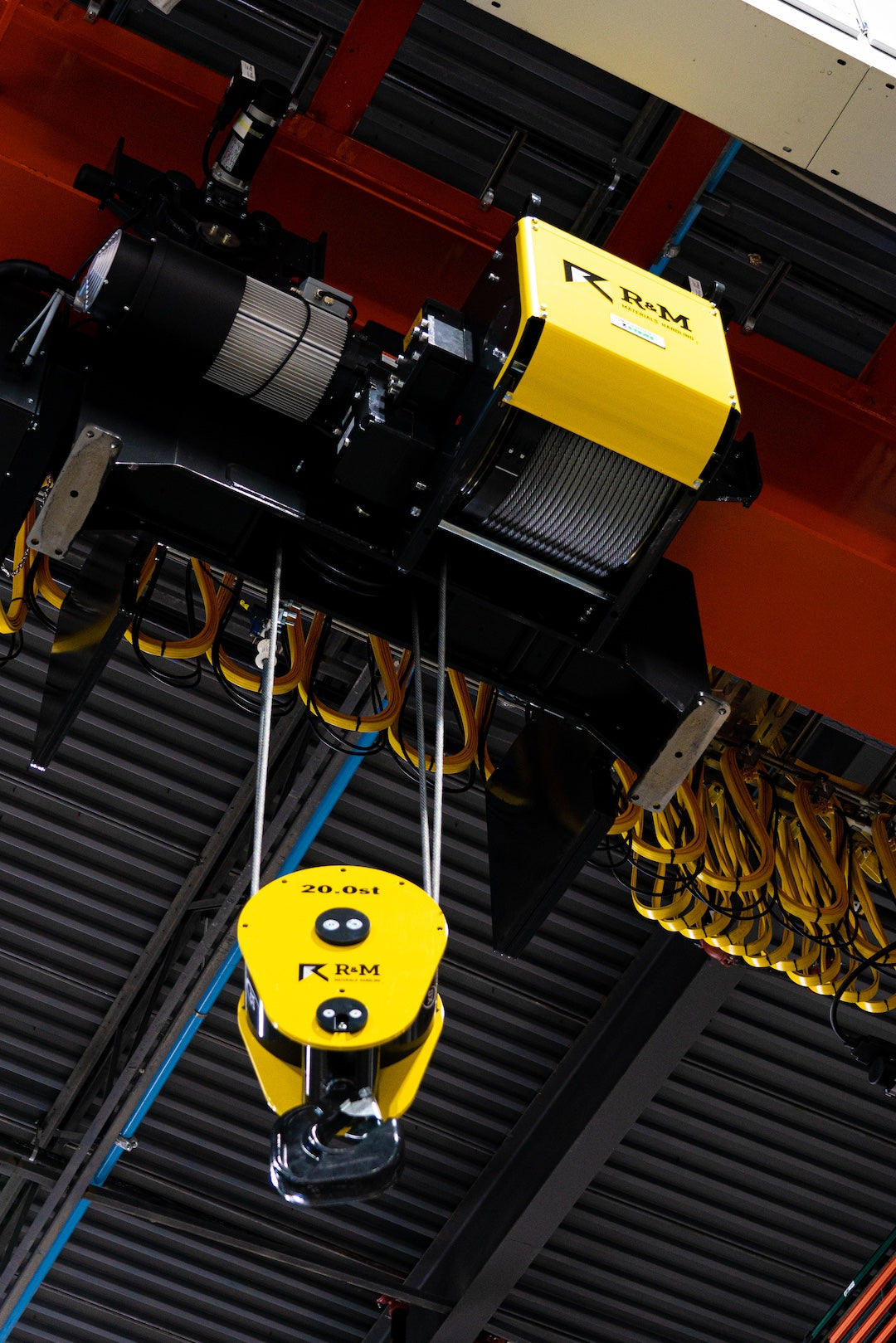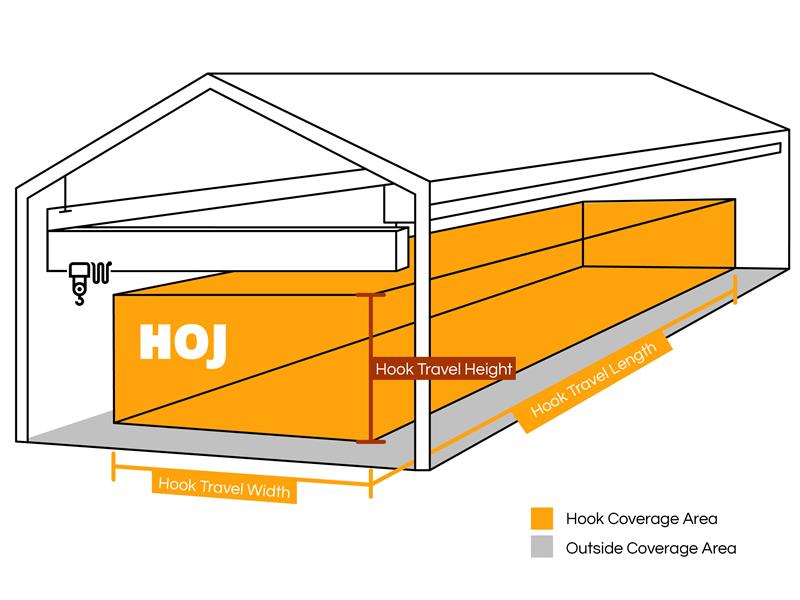Your Cart is Empty

Do's and Don'ts of Buying Used Warehouse Equipment
Outfitting a warehouse with everything you need is a costly and heavy process. You can purchase some equipment used to help you save some cash. But, there are some dos and don’ts to consider. What are they? Let’s dive in!
Here are our suggestions when considering used equipment.
THE DOS
- Uprights, the vertical supports holding load beams in place, are typically good to purchase used. Just make sure they are straight, have a solid base plate and don’t show any signs of dents or cracks. Be sure you have the right sizes. You don’t want to buy an under rated upright.
- Racking can certainly be a great purchase used, if they’re in good condition. As with uprights, some wear and tear is fine, but look for dents and cracks. Don’t forget that racking holds your inventory, so if it breaks, it could damage your products.
- Wire decking is a good purchase, just inspect it first.
- Conveyors are a risk but a small one. If a component within the conveyor fails, the system will just stop working with minimal risk of damaging other parts or products. If they do breakdown, you can always repair them.
- Automated storage systems are also a good purchase used. Similar to conveyors, they will stop working if a component fails, but they’ll leave other parts uncompromised. You can repair them if needed.
- Dock equipment is pretty straight forward. You can buy it used, but you need to inspect it carefully and know its limits.
- If your docks don’t have good structural support, it could be costly. These docks will hold the weight of your forklift and a fully-loaded pallet, so make sure that the dock can handle that weight.
- If the dock looks like it has been repaired in multiple places, odds are it has been abused.
- Overhead doors (sectionals) can save your bank by purchasing them used. As long as they are not damaged or dented, a quick preventative maintenance service can get them into good working order. Components are relatively cheap as well.
- Overhead doors are not load-bearing and don’t provide structural support, so minimal specification is needed.
- Make sure you have the right motor for the size and weight of the doors; you don’t pull a trailer with a compact car.
- Rollup and high-speed doors can be problematic if you’re not careful. Ensure that the manufacturer is still in business and that they still make that model (or something similar). This way you can order repair parts if needs be.
- If the manufacturer is out-of-business or they stopped the specific product line a decade ago, that might be a good reason to walk away.
THE DON’TS
- Never buy something before you’ve seen it. You always want to inspect the condition of the item before you purchase it. If a seller doesn’t give you time to look at it and won’t meet you for it, it probably won’t last.
- Don’t buy without measuring the item(s) yourself. Measurements can sometimes be listed incorrectly, so when you go to inspect the equipment, bring something with which you can measure it. Make sure you also know the measurements at your warehouse before measuring the used item, so you know the exact amount of space you have available.
- Having undersized equipment can make your purchase nearly worthless if you can’t use it. You don’t want to get in a situation where your forklift won’t work with an under-rated dock.
- Don’t focus too much on saving a few hundred dollars. If you’re too focused on saving cash, you could wind up paying thousands on repairs. Do your research on the items you’re considering and make the best decision based on the quality of the item, not just the price.
- A load beam, being one of the most important pieces of hardware on the warehouse floor, holds all the weight of your precious inventory. These beams run horizontally between uprights.
- Any dents, bends or cracks could easily cause a disaster. When a beam fails it will almost always cause a chain of other components to fail, which can cause an entire row to buckle and fail.
- For example, would you ever tell your home builder that you wanted to save money? Yes. Well, would you try to save money by replacing 2×10 floor joists with 2×4 studs and thinner plywood? We sure hope not!
- You never want to skimp on structural supports in order to save money. Skimping on cosmetic areas is a better way to save money in the long run rather than skimping on structural supports. Structural support issues can cause bigger problems and bigger headaches down the line, so don’t buy a used load beam.
- Used forklifts. You can find them all over the place. Purchasing a used forklift is like buying a used and worn out dirt bike. Damaged areas can easily go unseen by the naked eye.
- If you purchase one used, only consider certified forklift dealers. They typically keep things to certain standards and offer warranties. Walk away if the reseller won’t stand behind a warranty or if they’re willing to drop their price substantially. This could mean that something is terribly wrong with the forklift.
THE MAYBE
- Overhead Cranes can be tricky. Consider asking the seller, “Have the cranes been stressed beyond capacity? Do they have all the service documentation? Do they have the engineering specifications?”
- Cranes have specific OSHA regulations, including annual inspections. So, if a seller can’t produce the service history, assume the crane has been overworked and neglected. Any wear on bearings, brakes, wire rope and motors is hard to detect. A used crane with good and regular service documents could be a solid purchase.
You want to have the best equipment in your warehouse. Here are some additional tips to consider when buying used warehouse material:
- If possible, try to use the equipment before you buy it. Kind of like a test drive.
- Trust your gut and don’t be afraid to walk away from a deal that sounds too good to be true.
If you’re unsure about a product, don’t hesitate to reach out to us. Use our 50 years in the business as a resource. We’ll help you get the best deal out there.
Disclaimer: The statements above are merely suggestions and should not be taken as literal advice. Hoj is not responsible for any damages that may occur from the advice given.








